Natural Disasters: Top 10 U.S. Threats
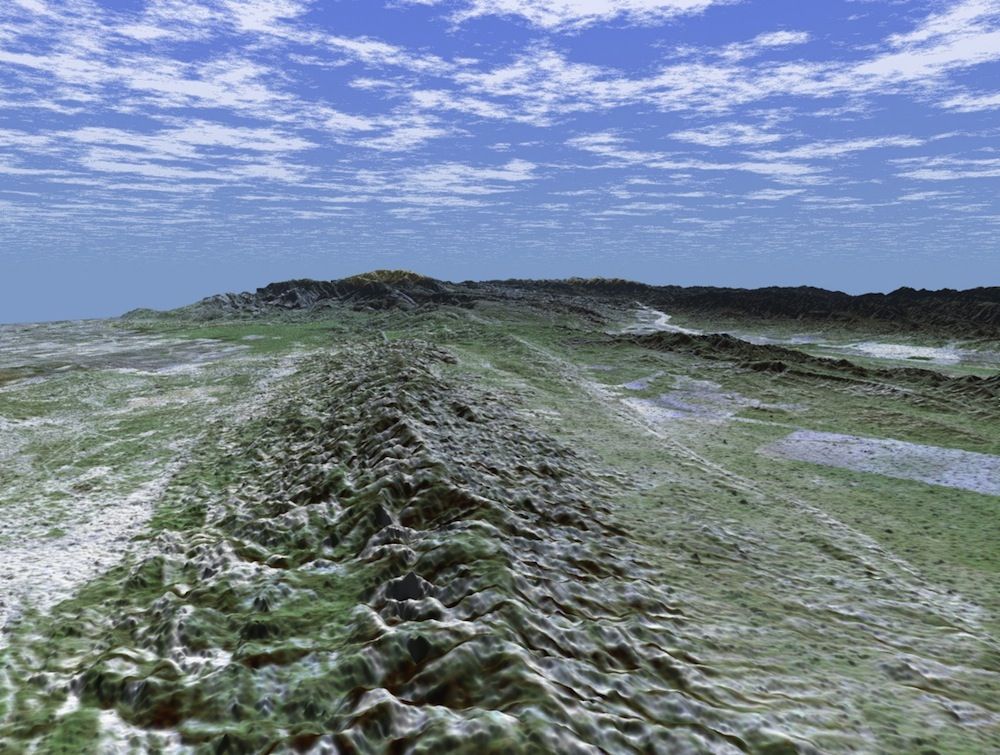
This image was made with data collected by the Shuttle Radar Topography Mission, which flew on a Shuttle mission in February 2000.
— Stephanie Pappas (Image credit: NASA/JPL/NIMA)
Natural Disasters: Top 10 U.S. Threats
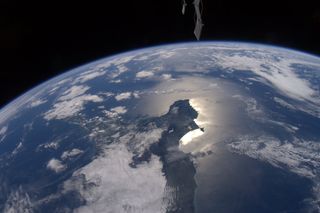
Government officials are evaluating and revising disaster plans around the United States in the wake of Hurricane Katrina, just as they did after the Sept. 11 terrorist attacks. While war and automobiles kill more people than nature, find out what natural disasters top scientists' worry lists.
Total Destruction of Earth
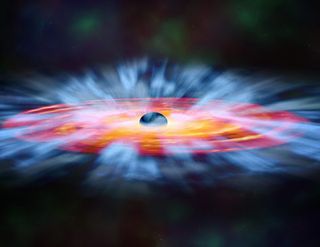
Okay, so nobody is spending too much time worrying about what to do if the planet is annihilated, but at least one person has seriously pondered whether and when it could happen. From being sucked into a black hole to being blown up by an antimatter reaction, there are scientifically plausible risks of an event that would render this whole list moot.
Gulf Coast Tsunami
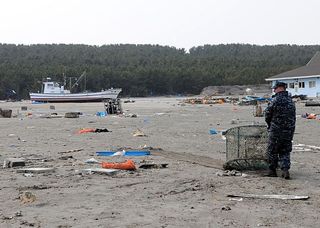
A fault line in the Caribbean has generated deadly tsunamis before. Up to 35 million people could be threatened by one in the not-to-distant future, scientists say.
East Coast Tsunami
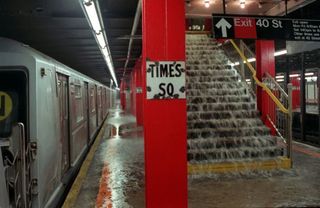
It seems no coast is immune to the threat of tsunami. For the Eastern United States, the likeliest scenario is waves kicked up by an asteroid splashing into the ocean. Astronomers already have their eye on one rock that could hit in the distant future, but the cosmos could hold a surprise, too.
Heat Waves
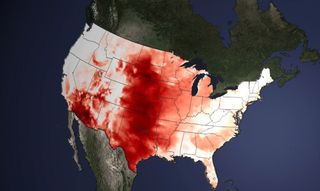
Heat waves kill more U.S. residents than any other natural disaster. As many as 10,000 people have died in past events. As urban areas get hotter, electricity systems are strained and the population ages, the risk grows.
Midwest Earthquake
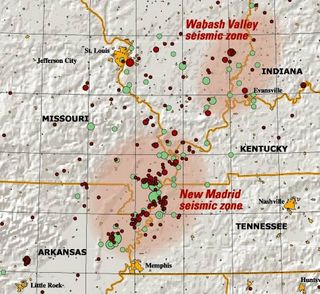
It has been nearly two centuries since a series of three magnitude-8 quakes shook the then-sparsely populated Midwest, centered near New Madrid, Missouri. Another big one is inevitable. Now the region is heavily populated, yet building codes are generally not up to earthquake snuff. What?s more, geology east of the Rockies causes quakes to be felt across a much wider region. Shelves would rattle from Boston to South Carolina. Some homes along the Mississippi would sink into oblivion.
Supervolcano
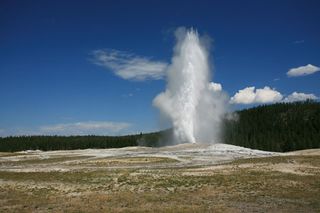
It probably won't happen for hundreds or possibly even millions of years, but nobody really knows when Yellowstone will blow again, destroying life for hundreds of miles around and burying half the country in ash up to 3 feet (1 meter) deep.
Los Angeles Tsunami
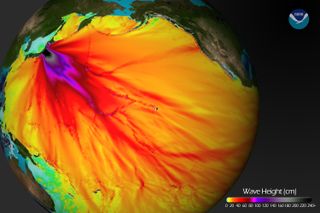
An earthquake fault just off Southern California could generate a major quake and a $42 billion tsunami that would strike so fast many coastal residents would not have time to escape. Add to that the unprecedented destruction from the earthquake's shaking, and the situation would be reminiscent of Hurricane Katrina.
Asteroid Impact
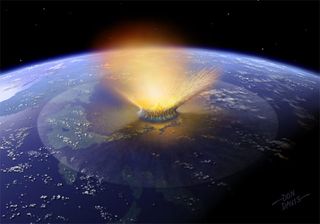
Scientists can't say when the next devastating asteroid impact will occur. Odds are it won't be for decades or centuries, but an unknown space rock could make a sucker punch any time. Many experts say planning to deal with a continent-wide catastrophe should begin now.
New York Hurricane
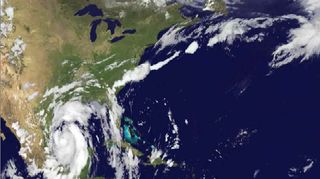
Major hurricanes have made direct hits on the boroughs before, but the interval between them is so long that people forget, and officials fear they might not take evacuation orders seriously. The larger problem: It would take nearly 24 hours to make a proper evacuation of New York City, but hurricanes move more swiftly as they race north, so real warning time could be just a few hours.
Pacific Northwest Megathrust Earthquake
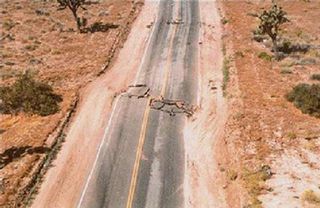
Geologists know it's just a matter of time before another 9.0 or larger earthquake strikes somewhere between Northern California and Canada. The shaking would be locally catastrophic, but the biggest threat is the tsunami that would ensue from a fault line that's seismically identical to the one that caused the deadly 2004 tsunami in Indonesia.
Sign up for the Live Science daily newsletter now
Get the world’s most fascinating discoveries delivered straight to your inbox.
Robert is an independent health and science journalist and writer based in Phoenix, Arizona. He is a former editor-in-chief of Live Science with over 20 years of experience as a reporter and editor. He has worked on websites such as Space.com and Tom's Guide, and is a contributor on Medium, covering how we age and how to optimize the mind and body through time. He has a journalism degree from Humboldt State University in California.













